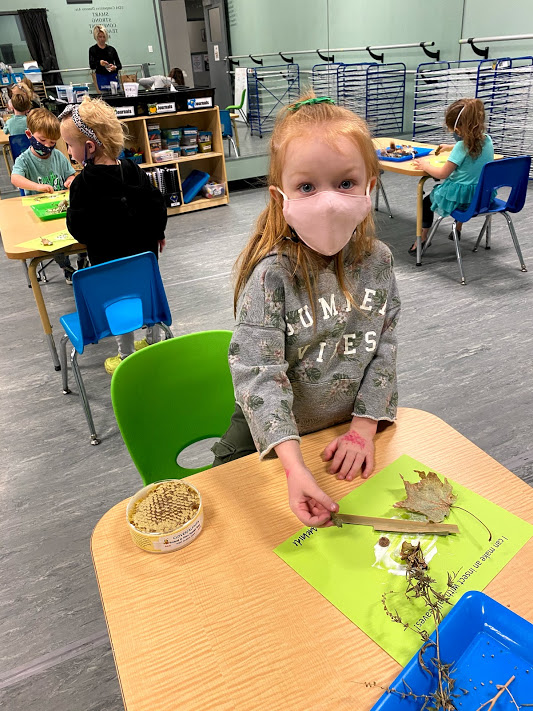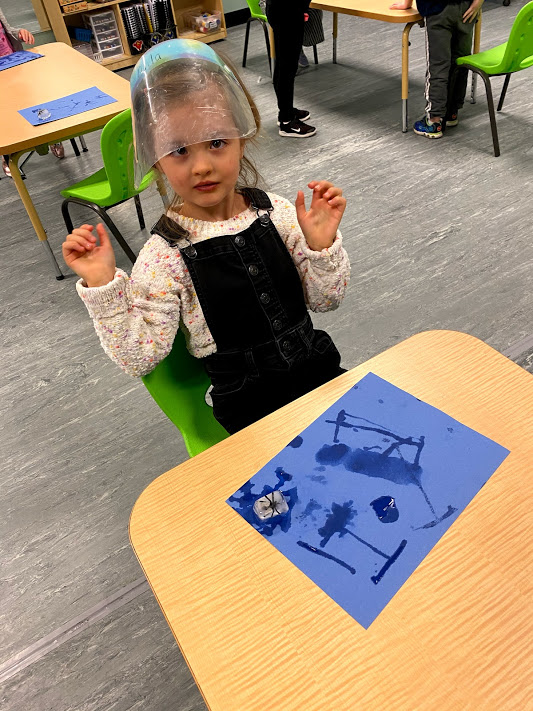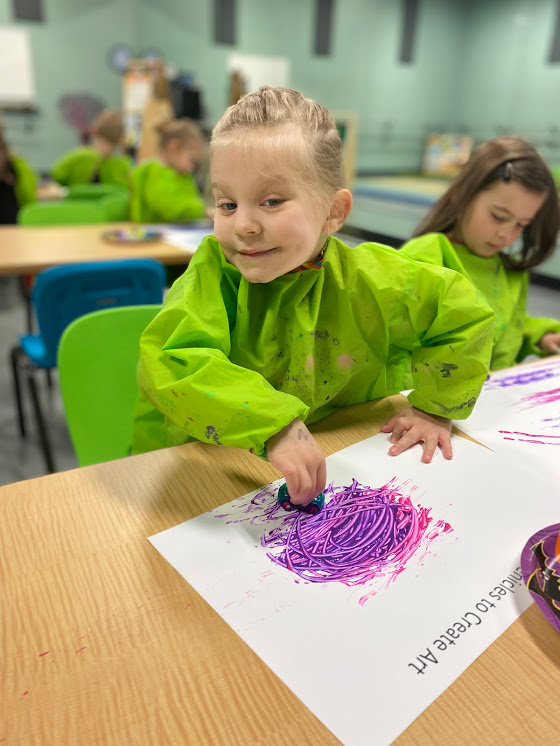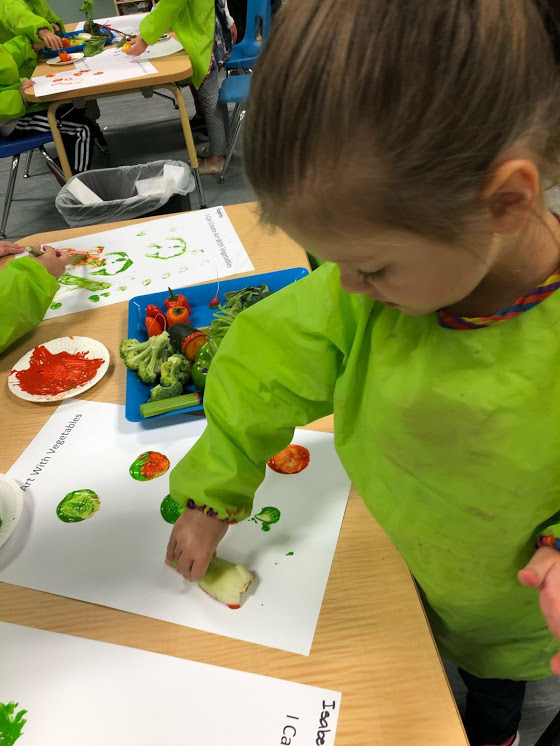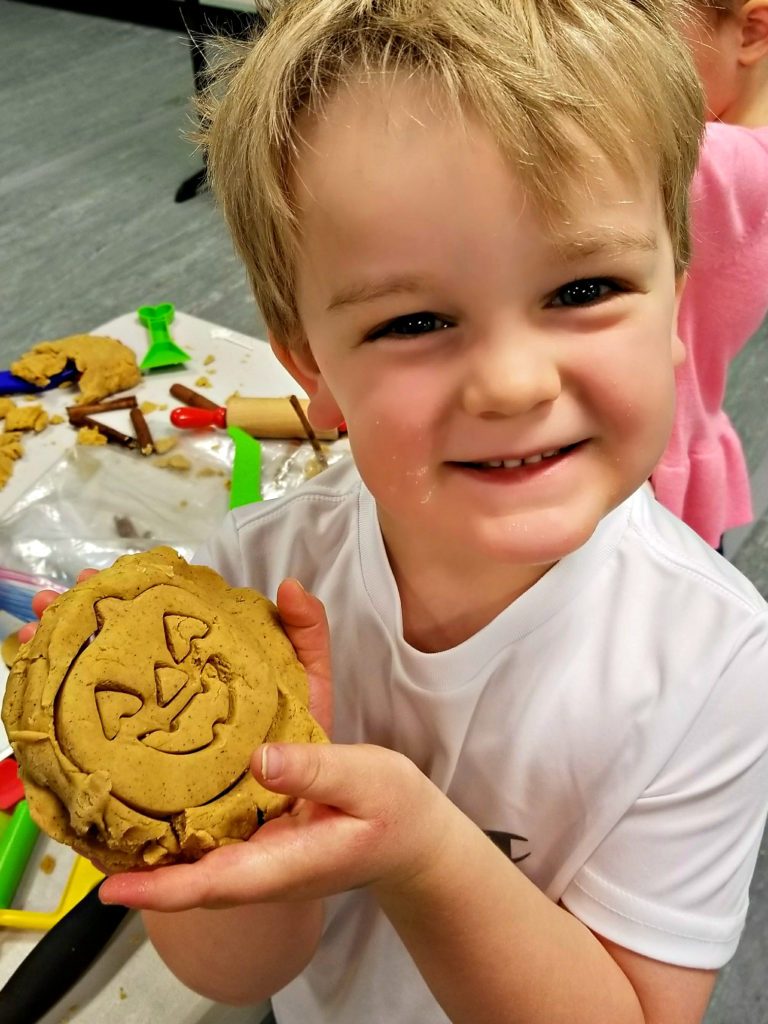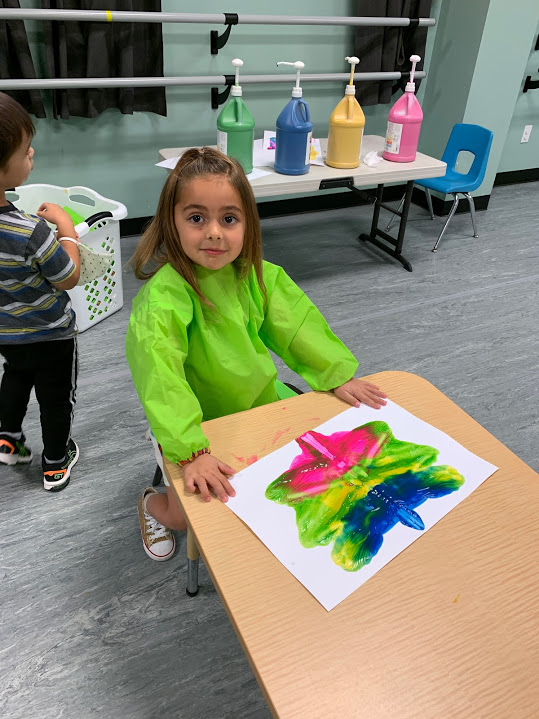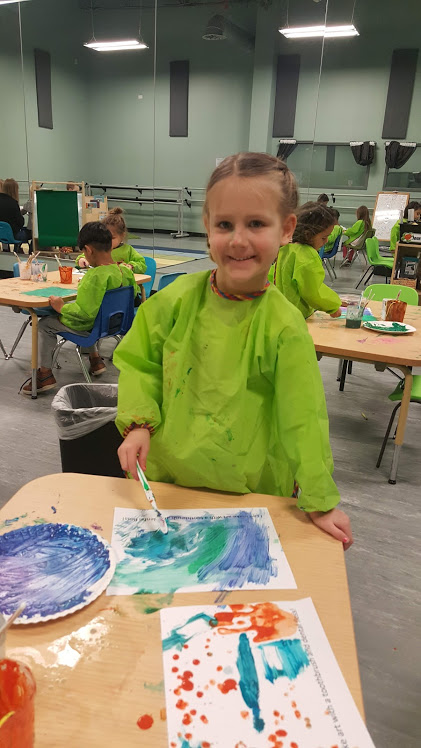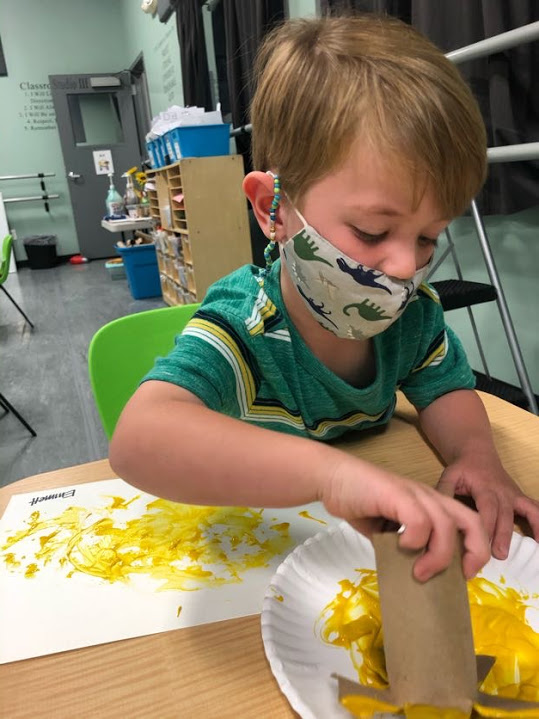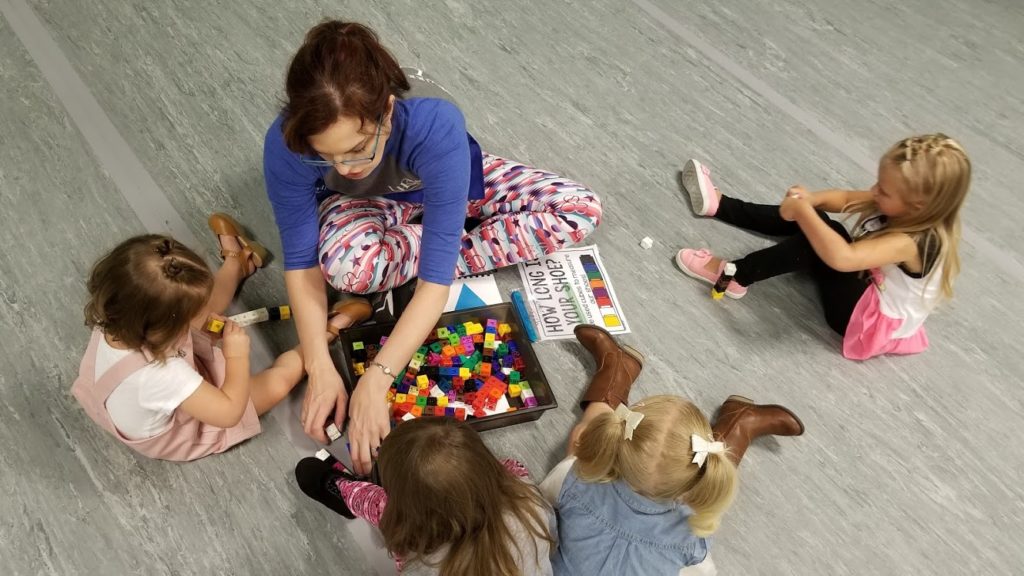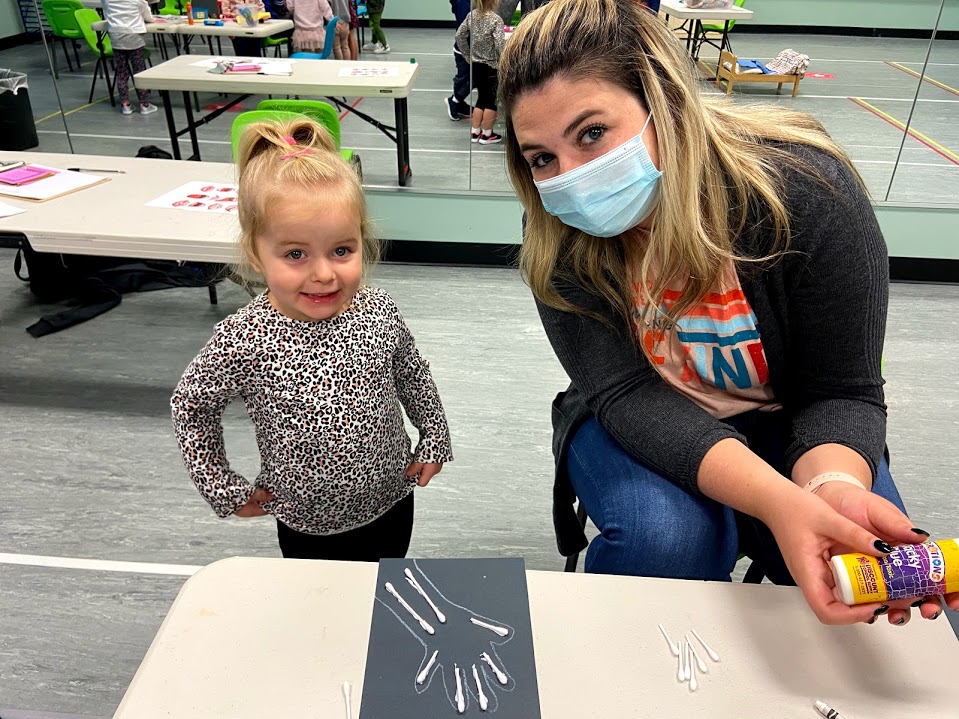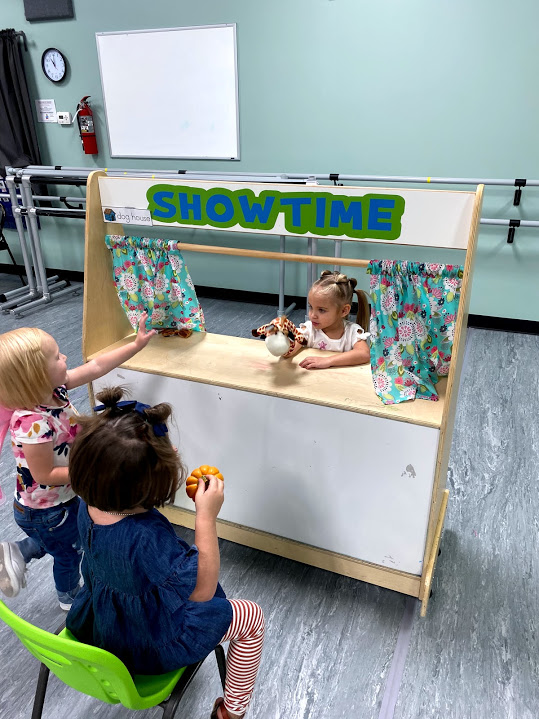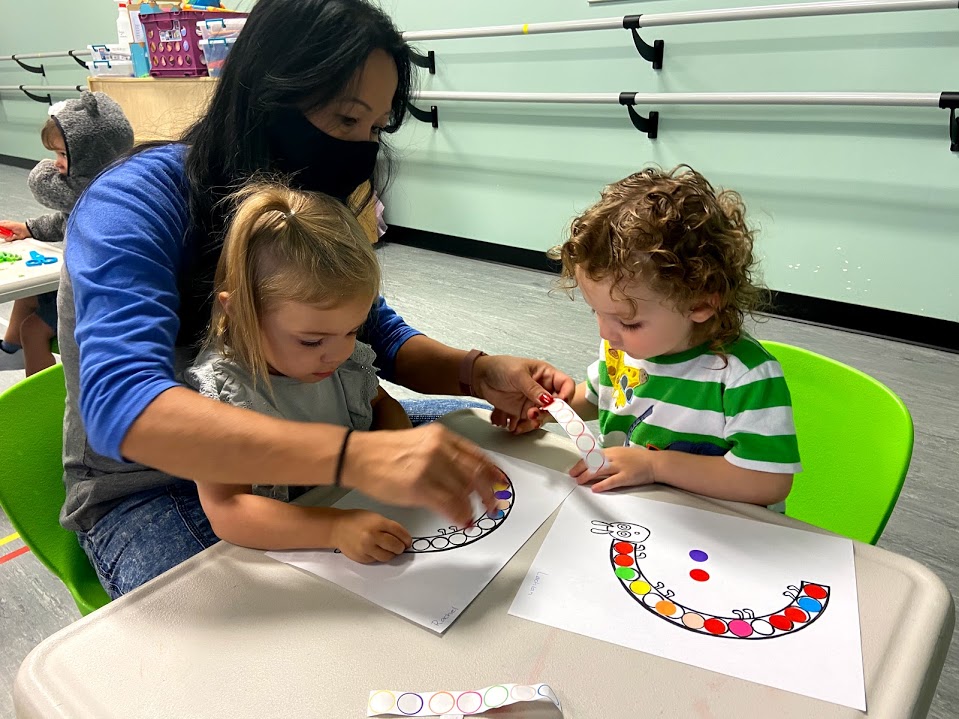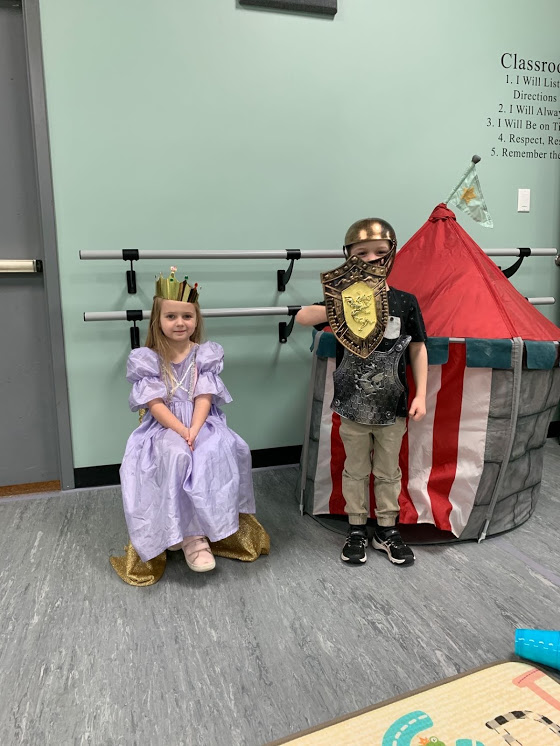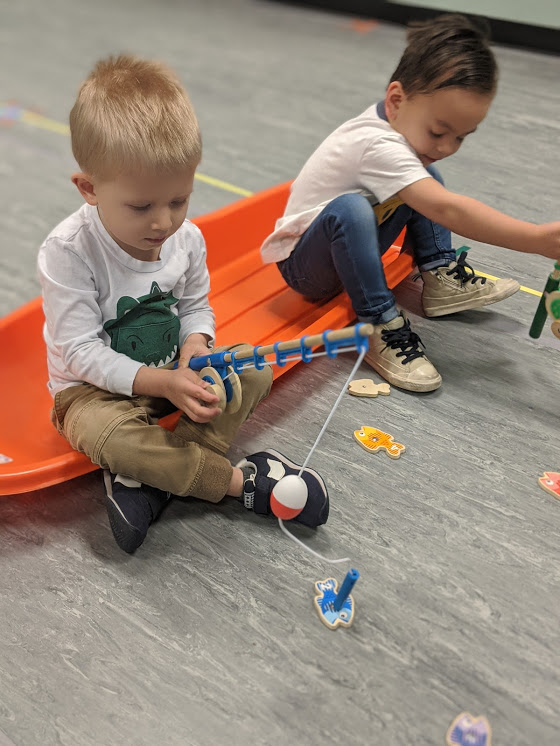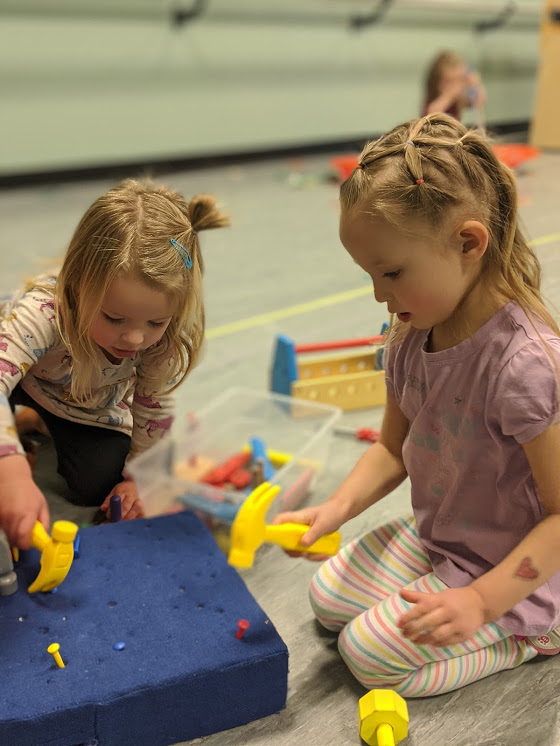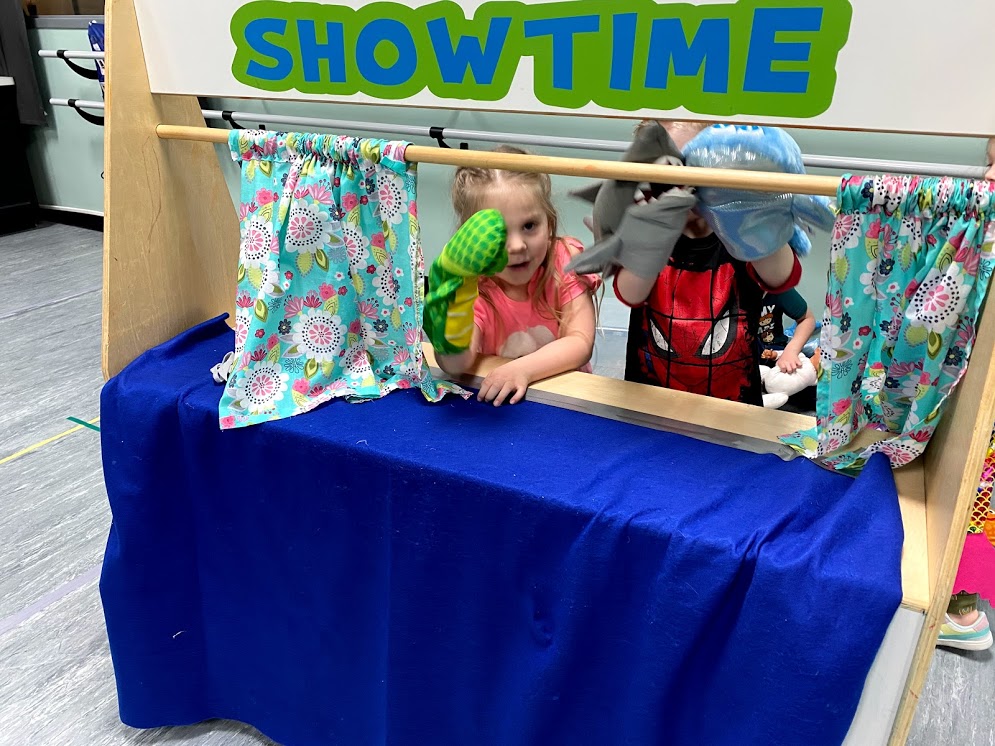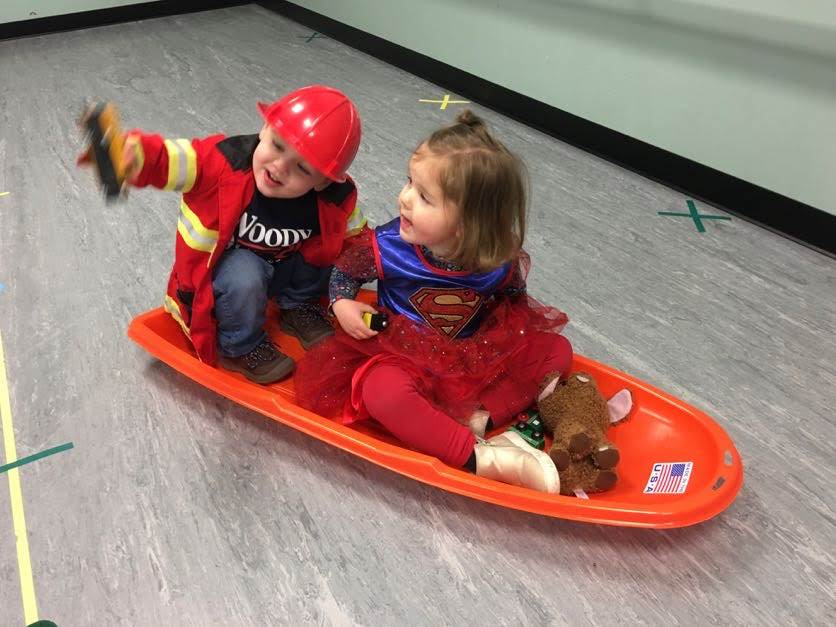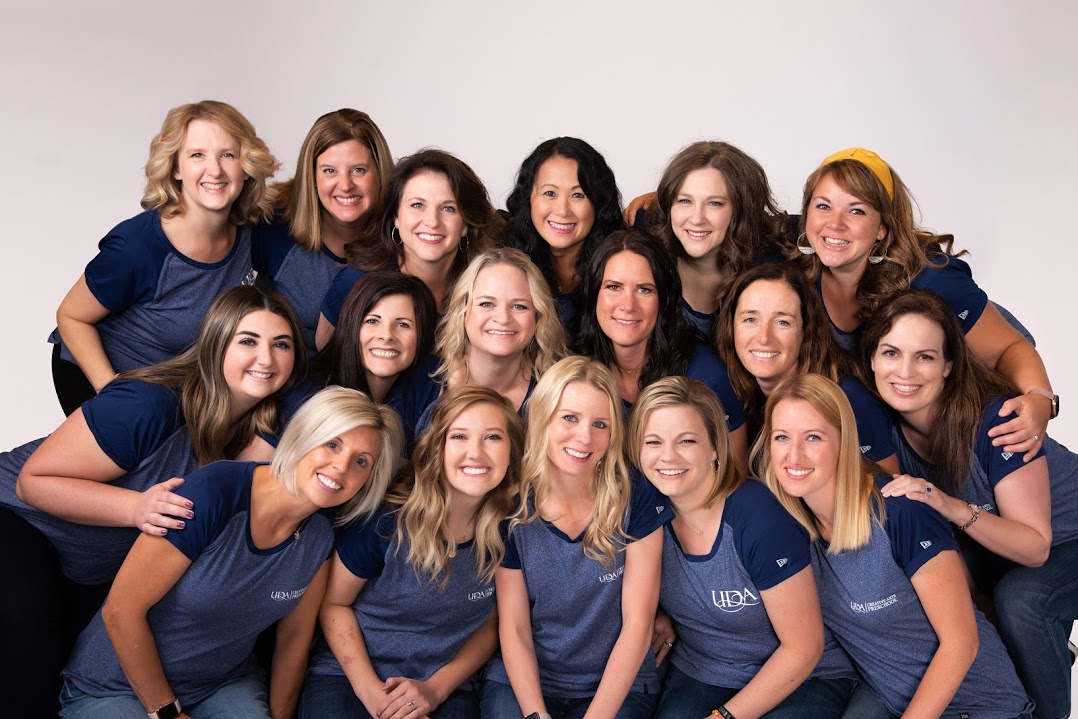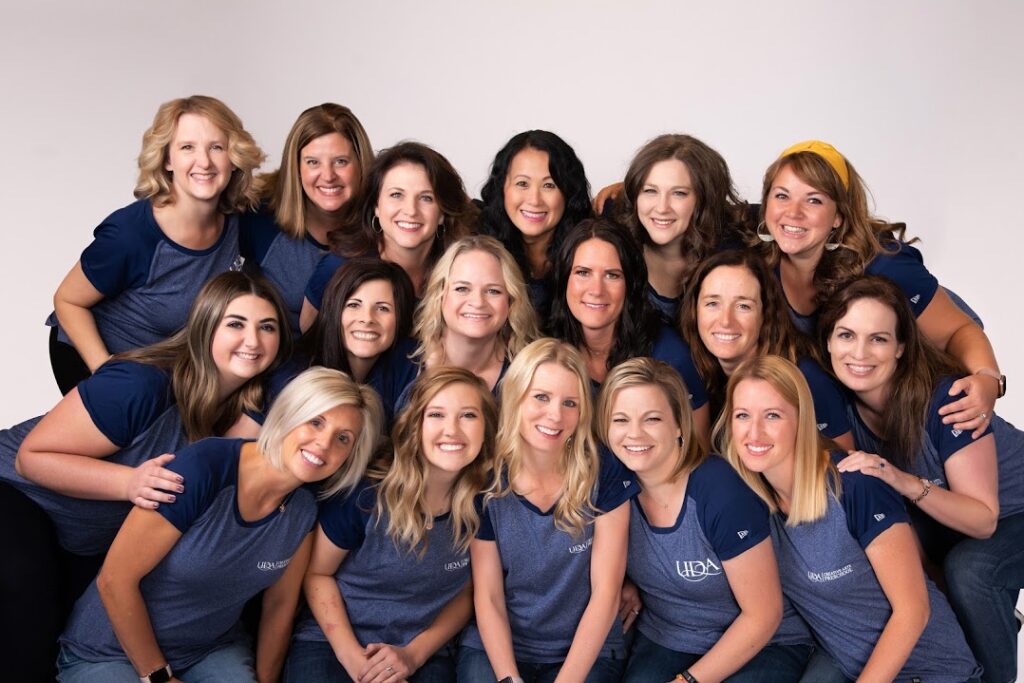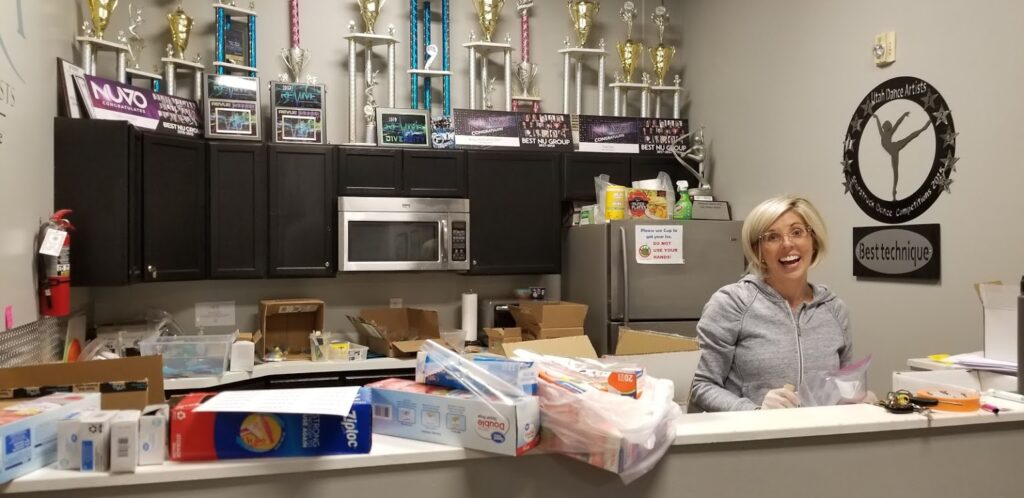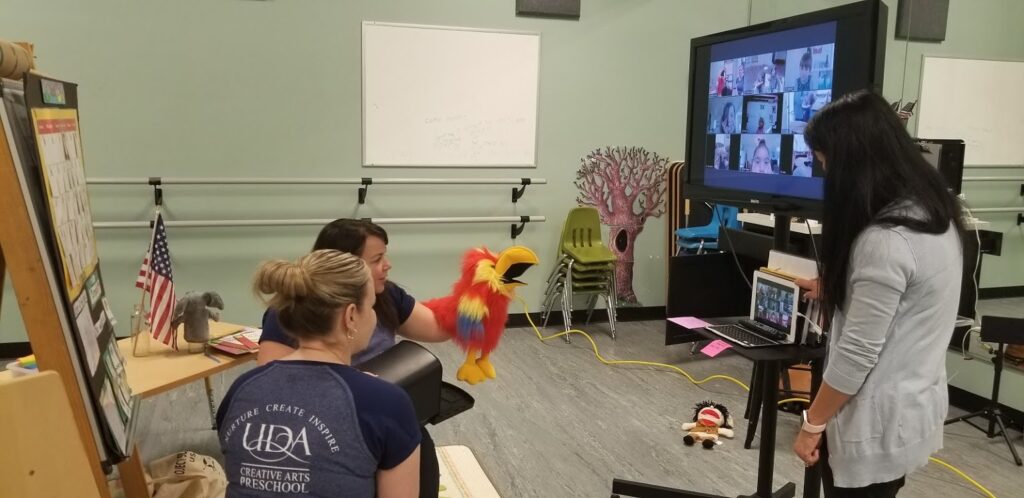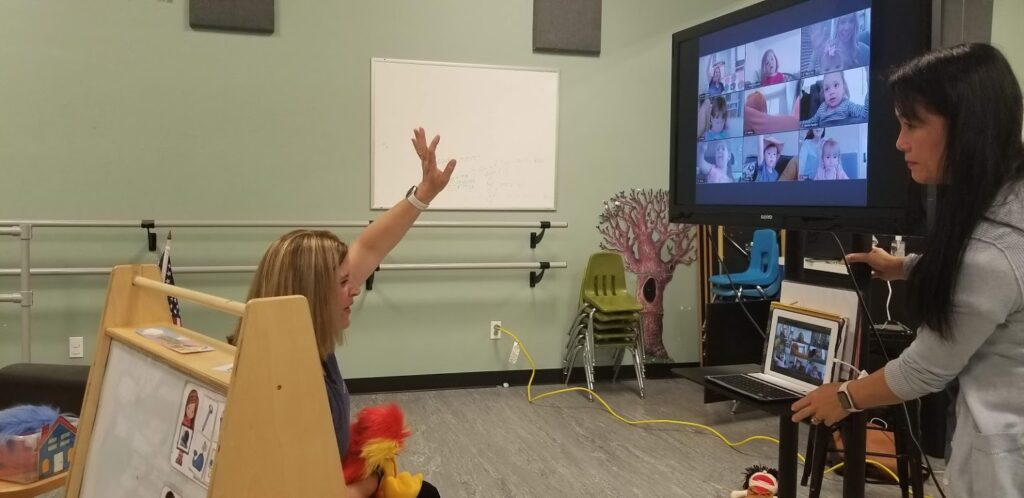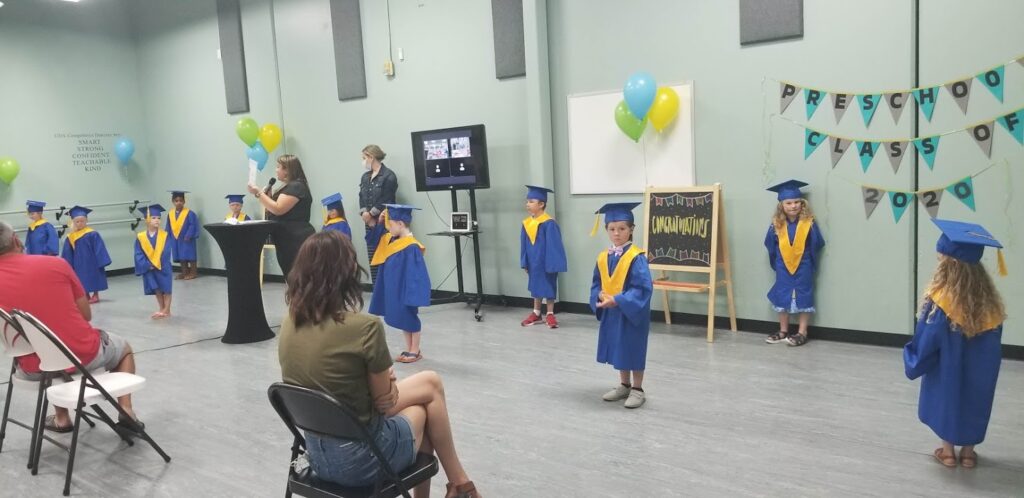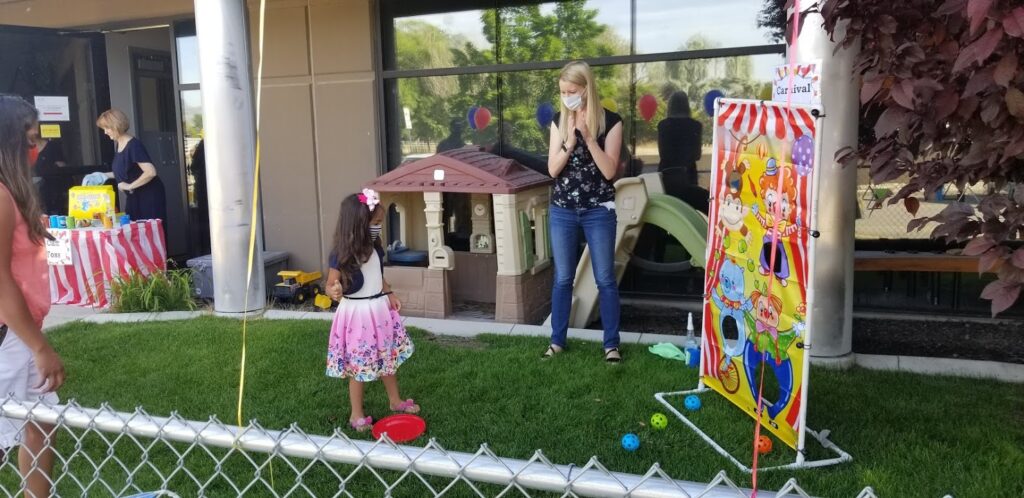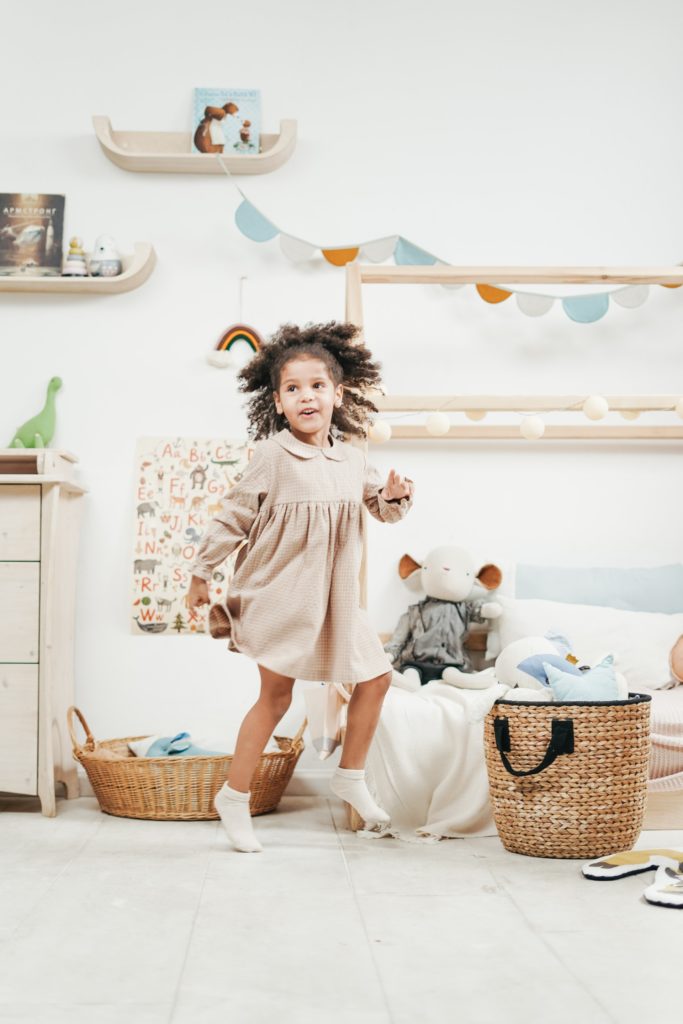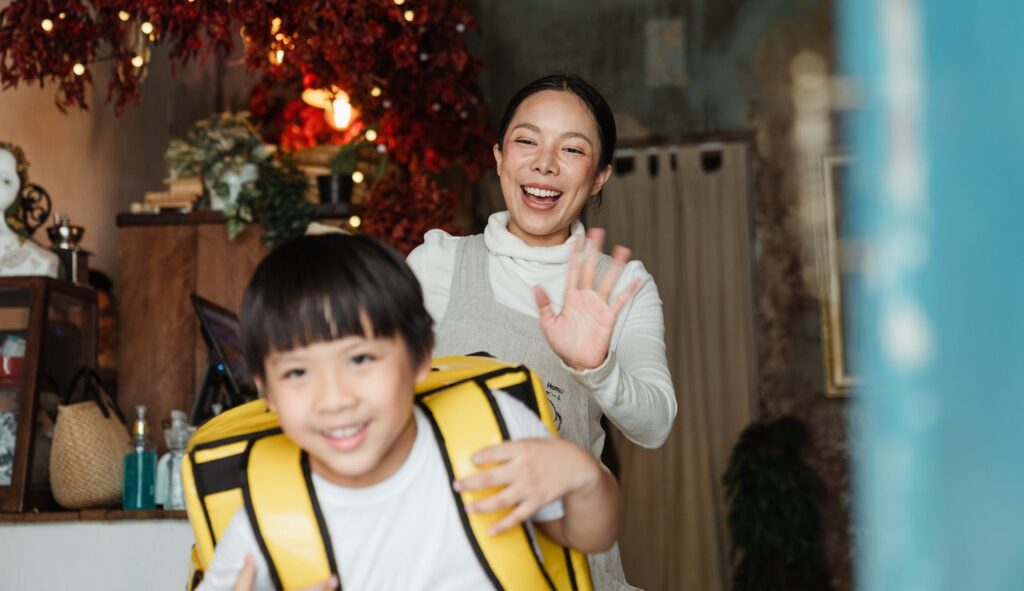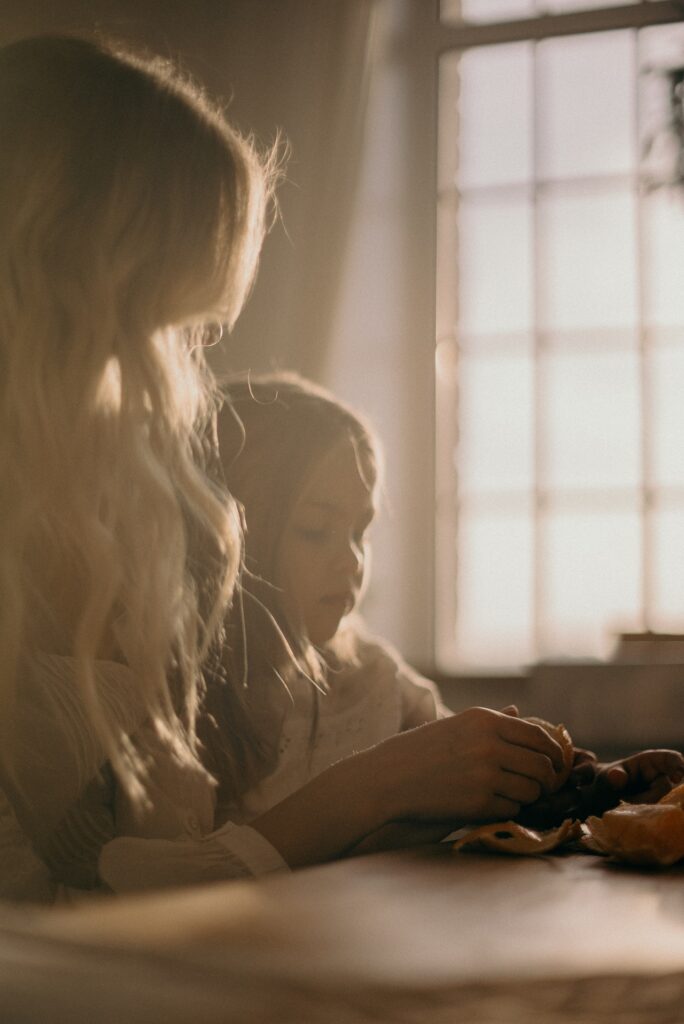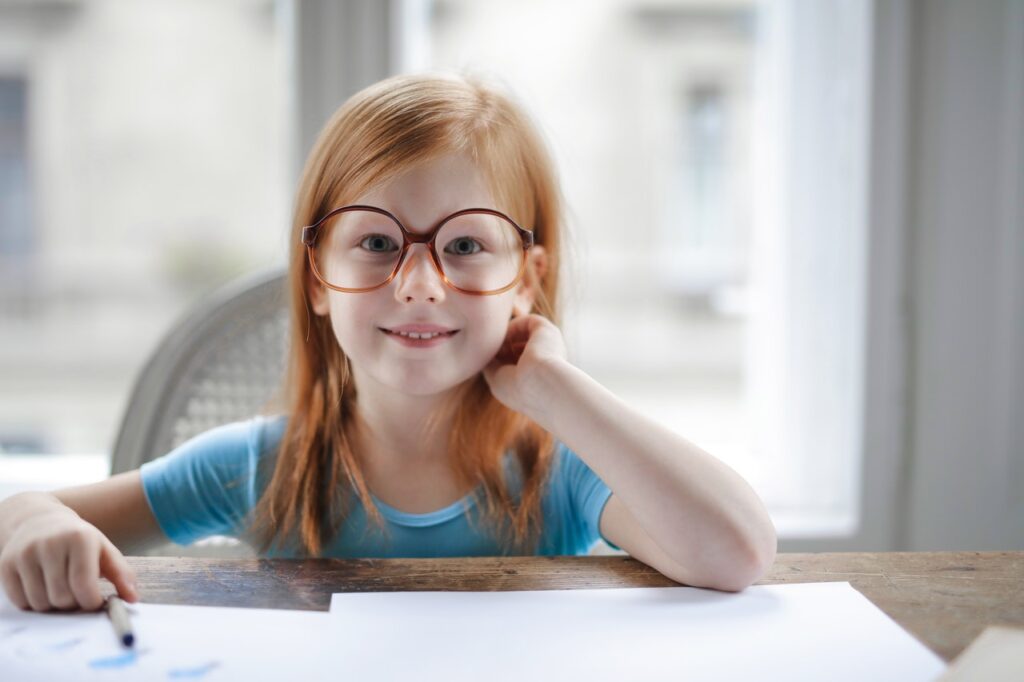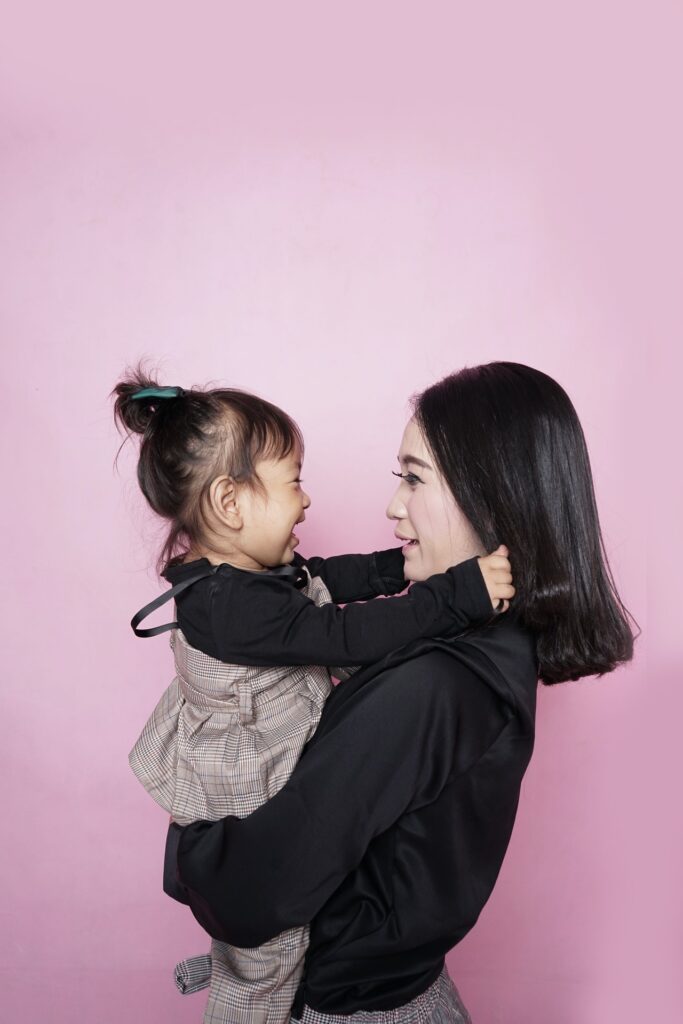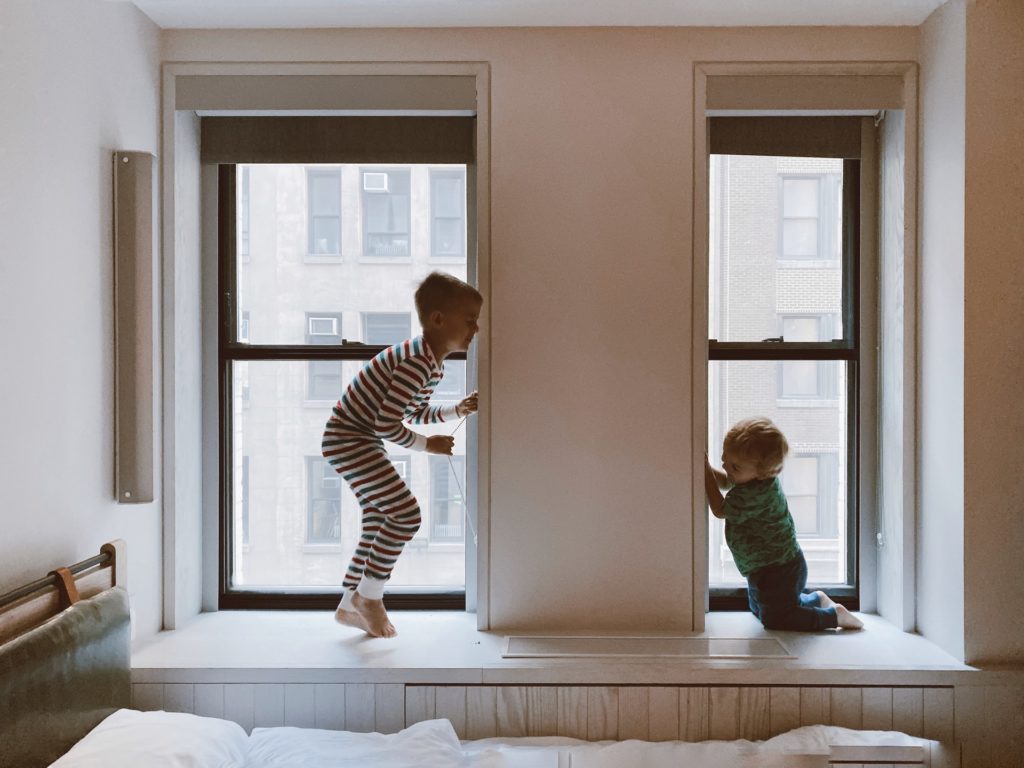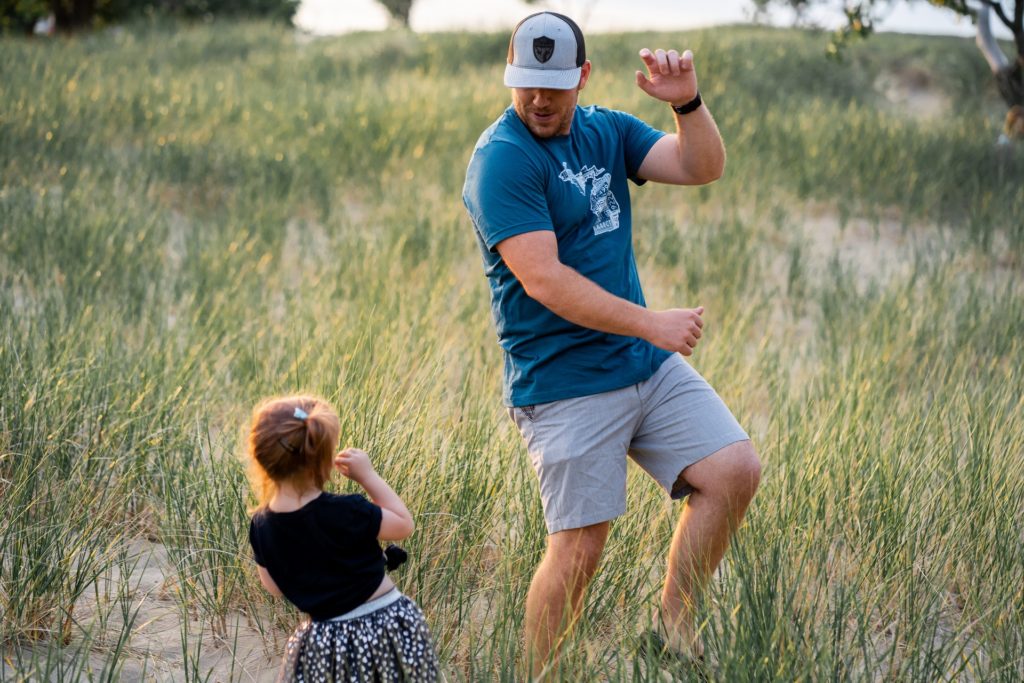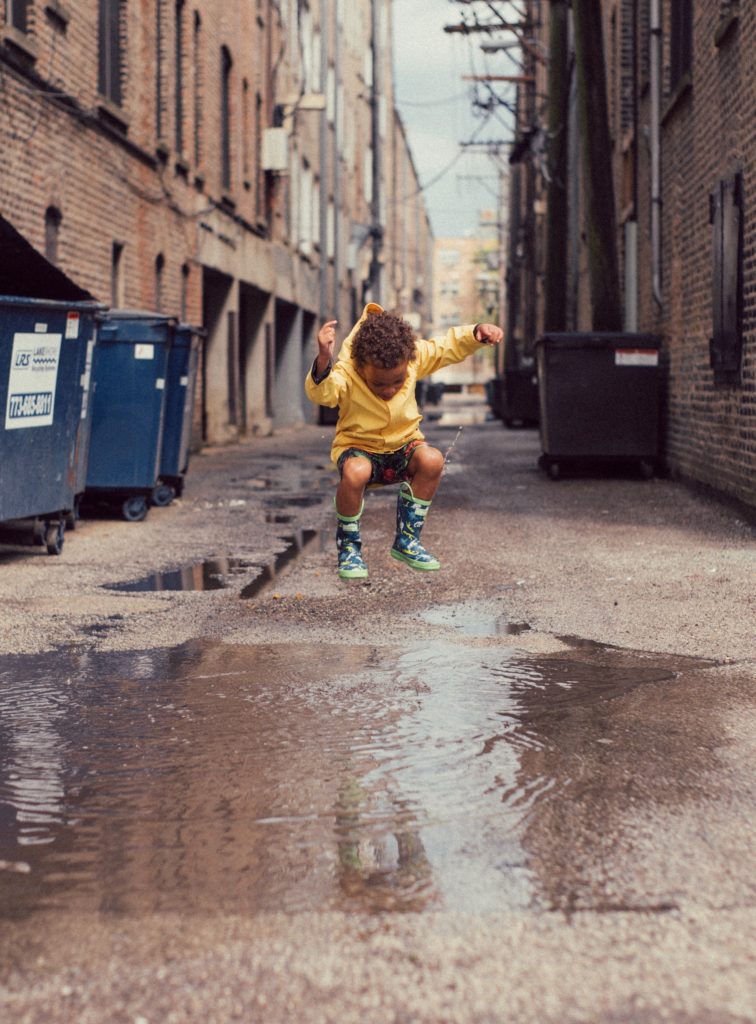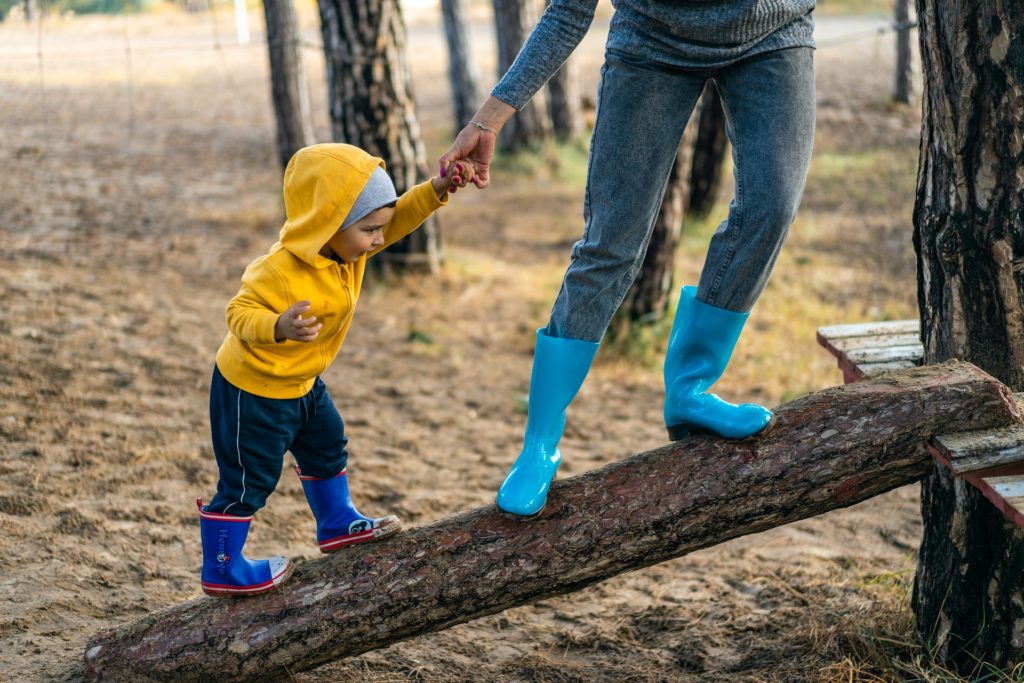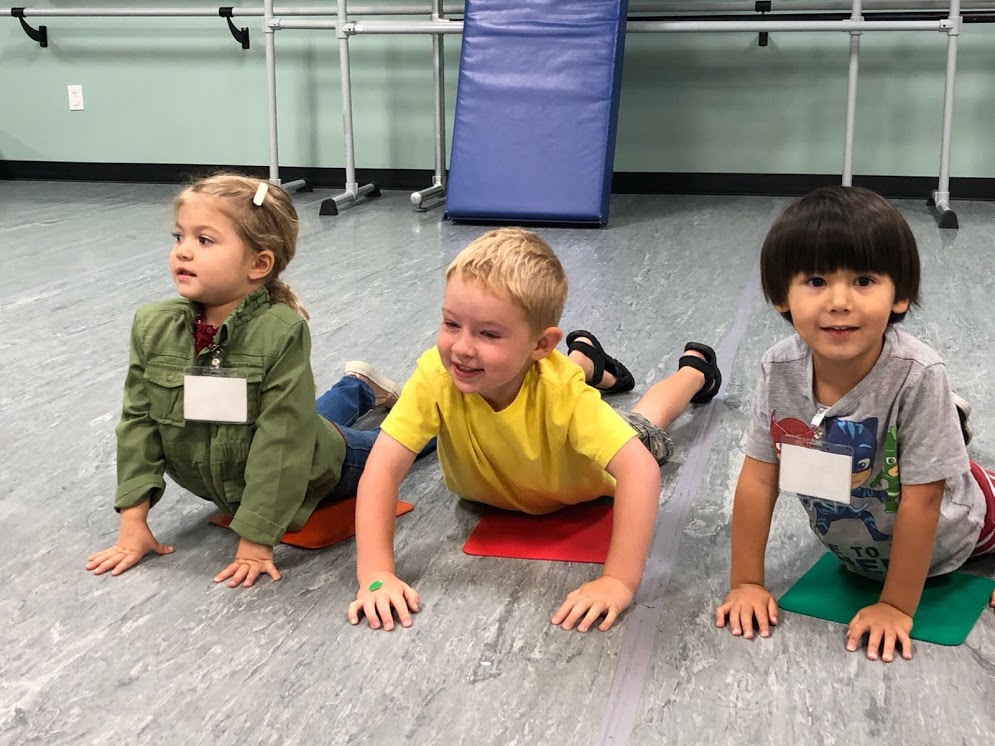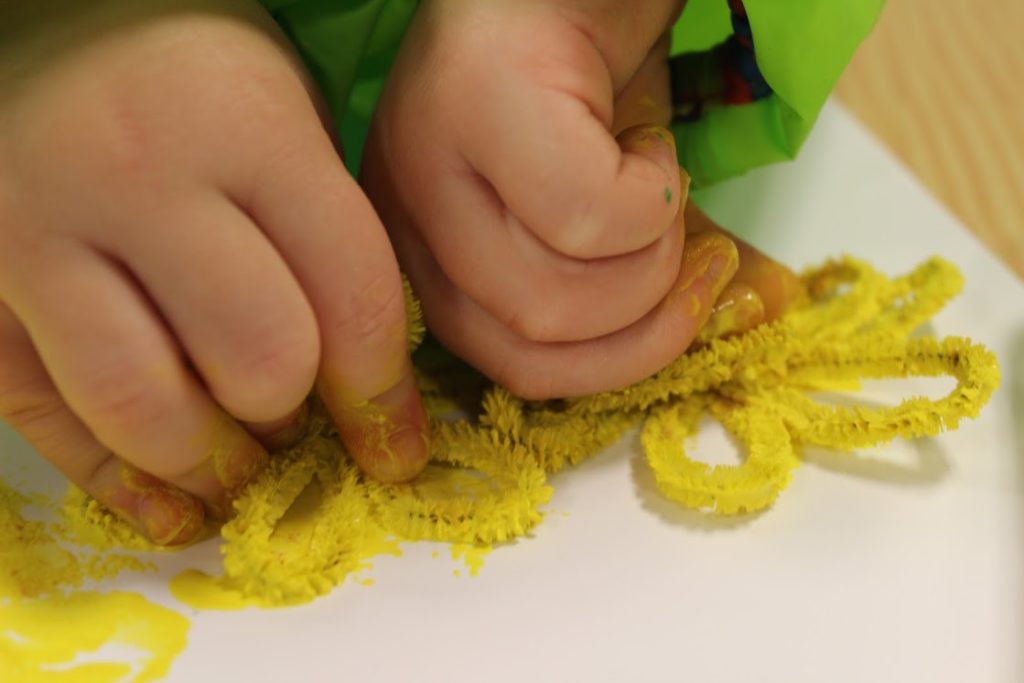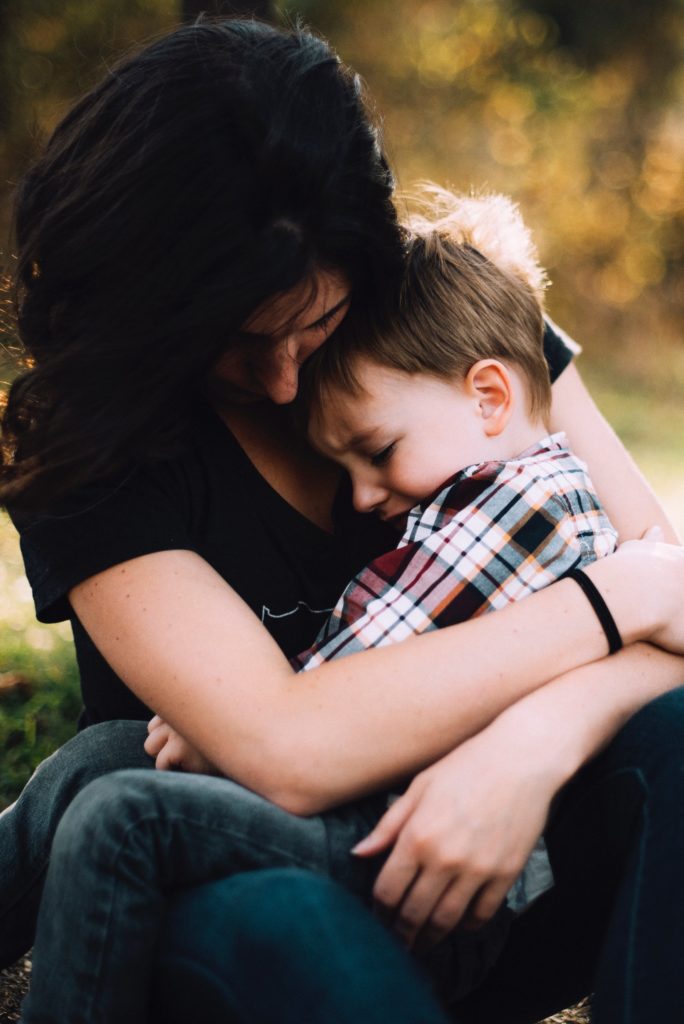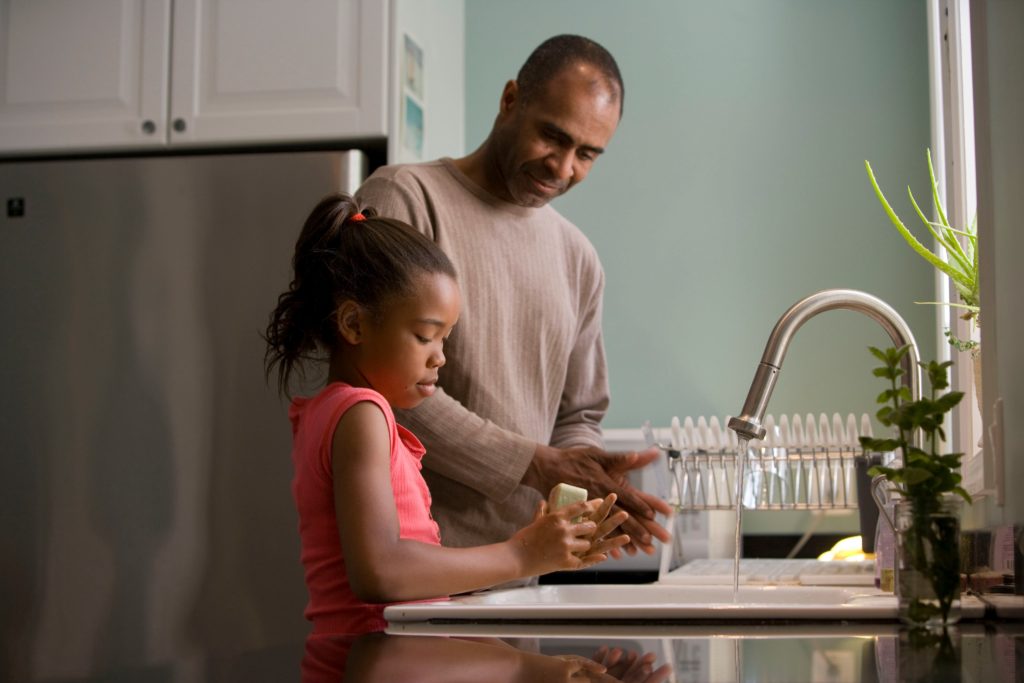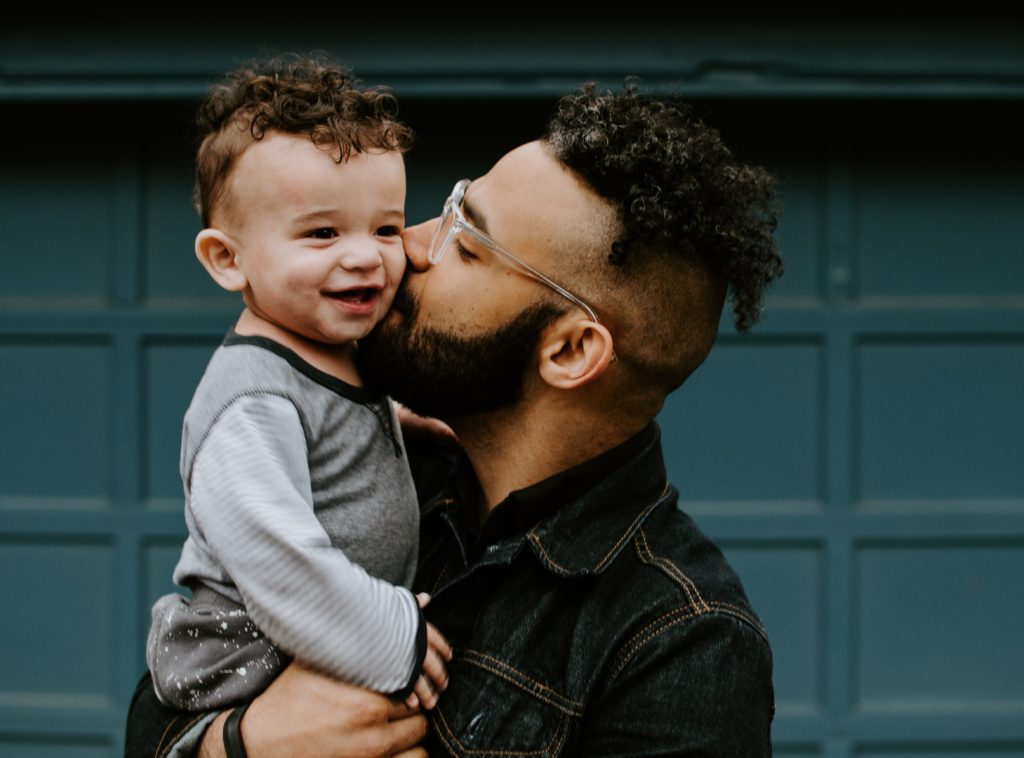If you’ve been around UDA Creative Arts Preschool for a minute, you know our curriculum is heavily focused on play.
That’s because play is critical for children’s development. Play is how children learn, and it allows children to develop in multiple areas: physically, emotionally, and cognitively. Through play, children build their imagination, strengthen their dexterity, develop social skills, learn problem-solving, and so much more.
Not to mention, play is fun! And that’s important, because when a child is experiencing joy, they have a positive experience — and that leads to a positive association with learning.
There are generally four types of play: dramatic (pretend), manipulative (using toys and objects), physical, and creative.
In creative play, children use art materials to create — and the play happens in the process. The end product isn’t as important as the creation. In other words, the playful process is where the magic happens!
Try these six playful art ideas with your preschooler.
Nature Art
Begin this playful art project by going for a walk/run/hop around the neighborhood to collect nature items. Let your child’s imagination run wild — maybe they’re on the hunt for dinosaur fossils, or maybe they’re searching the area for food to bring back to their pretend cabin in the woods.
When you get home, use craft items like glue, glitter, paint, paper, and markers to create an art piece out of the items collected.
Soil Tray
This is a great outdoor activity, especially because it involves getting dirty! Place soil into some sort of tray, and then let your child arrange nature items however they’d like.
Similar to nature art, this playful art activity begins with a hunt in your backyard or neighborhood for nature items.
You’ll also want to gather:
- a tray or plastic plate
- soil
- a spray bottle
- small tools for arranging the dirt (toothbrush, toothpick, pencil, paintbrush)
Story Art
Children’s imaginations are huge. Foster their playful nature by encouraging them to tell you a story, while drawing it as they go.
Ice Cube Painting
Freeze a small toy into an ice cube. Give your child a piece of dark-colored construction paper, and encourage them to make art with the ice. As they “draw,” the ice will melt and free the toy!
Just Add Toys! And Other Things
Let your preschooler paint with toys, vegetables, toothbrushes, and more. This is such a fun activity for kids, because it lets them get even more playful with their art.
Not only that, they learn cause and effect — what happens when you paint with a toy car? How is it different from a paint brush or fingers?
Look around the house for other unique “paint brushes.” How about a toilet paper roll? Toy animals? Plastic utensils?
Spice up Your Playdough
Playdough is a great way to combine art with play. Children can turn the playdough into all sorts of fun, artistic creations. They can also use the items they create in their play. Maybe they’ll set up a playdough hamburger stand or pretend to take care of a playdough pet snake.
Make playdough even more of a sensory experience by making scented playdough. We love using pumpkin spice playdough during the fall. The scent inspires seasonal creations, and adds a lot of playful fun to creativity.
Here’s our favorite recipe!
Pumpkin Spice Play Dough
1 cup of canned pumpkin puree
1/2 cup of water
2 tablespoons of oil
1 teaspoon of pure vanilla
1 teaspoon of cinnamon
1 teaspoon of cloves
1 teaspoon of allspice
1 teaspoon of nutmeg
1/2 teaspoon of ginger
OR skip the separate spices and 4 teaspoons of pumpkin pie spice
1/2 cup of salt
2 tablespoons of cream of tartar
2 ¼ Cups of flour
1. Add first four ingredients to a large pot and heat on the stove {stirring regularly} until just bubbling.
2. Remove from heat and add in dry ingredients. Stir until combined and dump mixture out on the counter.
3. Allow to cool for 5 or 10 minutes.
4. Knead dough until soft and fully cooled (it may feel sticky in the beginning but resist the urge to add flour – the stickiness vanishes completely once the dough is no longer warm). Store in an airtight bag or container in the fridge when not in use.
At UDA Creative Arts Preschool in Draper, Utah, we know how important art is for your child’s intellectual, physical, and emotional development. To learn more about how we teach, contact us online or give us a call at (801) 523-5930.

